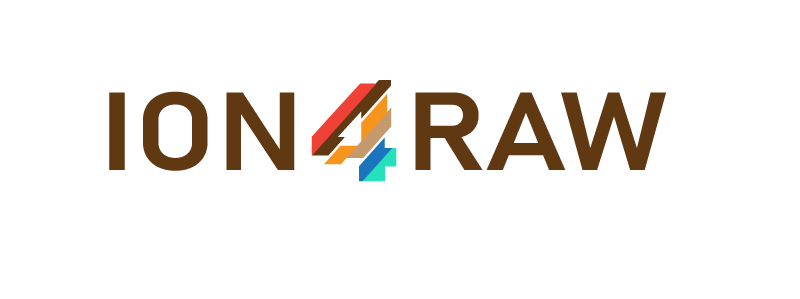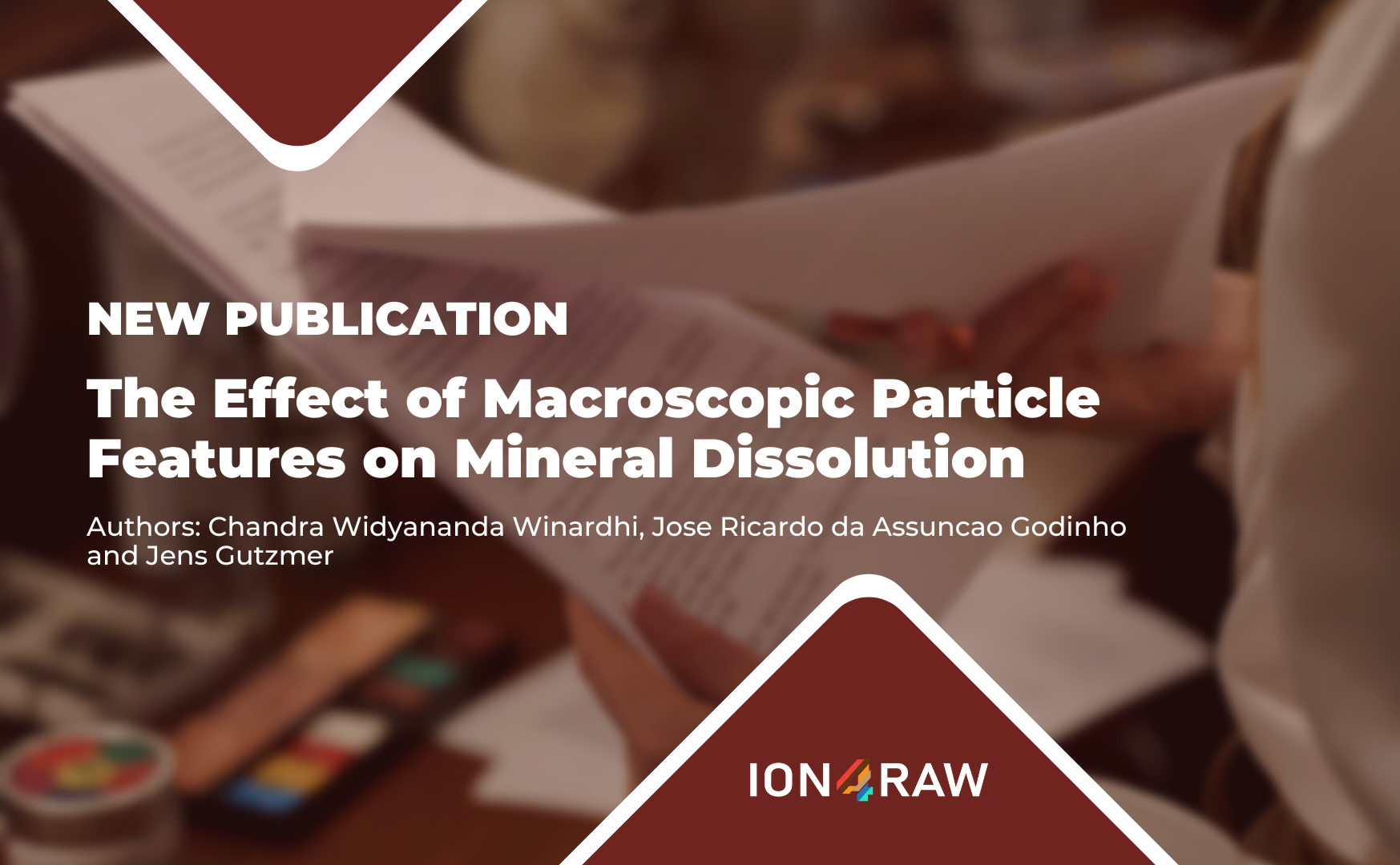New publication by ION4RAW authors Chandra Widyananda Winardhi, Jose Ricardo da Assuncao Godinho and Jens Gutzmer (HZDR). Discover the article in detail with a focus on mineral dissolution.
Mineral dissolution is a dynamic process in which kinetics depend on the reactive surface area, orientation, and geometry of the dissolving mineral grain. Dissolution rate is, thus, not represented by a single value, but rather, by a spectrum that is affected by the reactivity of different types of surface features.
Such dissolution rate spectra are usually obtained by very detailed studies of perfectly cleaved surfaces by atomic force microscopy or in situ studies, such as flow-through experiments. This study visualizes dissolution progress by repeated X-ray computed tomography scans of a single particle. This allows studying the influence of larger particle features, such as corners and edges, at the interception of macroscopic faces of particles, as well as the influence of those macroscopic features on the dissolution rate spectra. As a suitable case study, the dissolution of a monomineralic galena (PbS) particle in ethaline is studied.
The observed changes in particle geometry are evaluated using a newly developed empirical model in order to break down the rate spectra as a function of the particle geometry. Results illustrate that dissolution rates are exponentially correlated with the distance to crystal corners and edges. The reactivity map generated from these exponential relations shows a linear trendline with the dissolution rates over the entire surface of the studied galena particle.
The empirical reactivity map developed here opens the possibility of predicting the dissolution rate of particulate materials based on computed tomography and the optimal geometrical properties of the particles that maximize the dissolution, e.g., size and shape.


